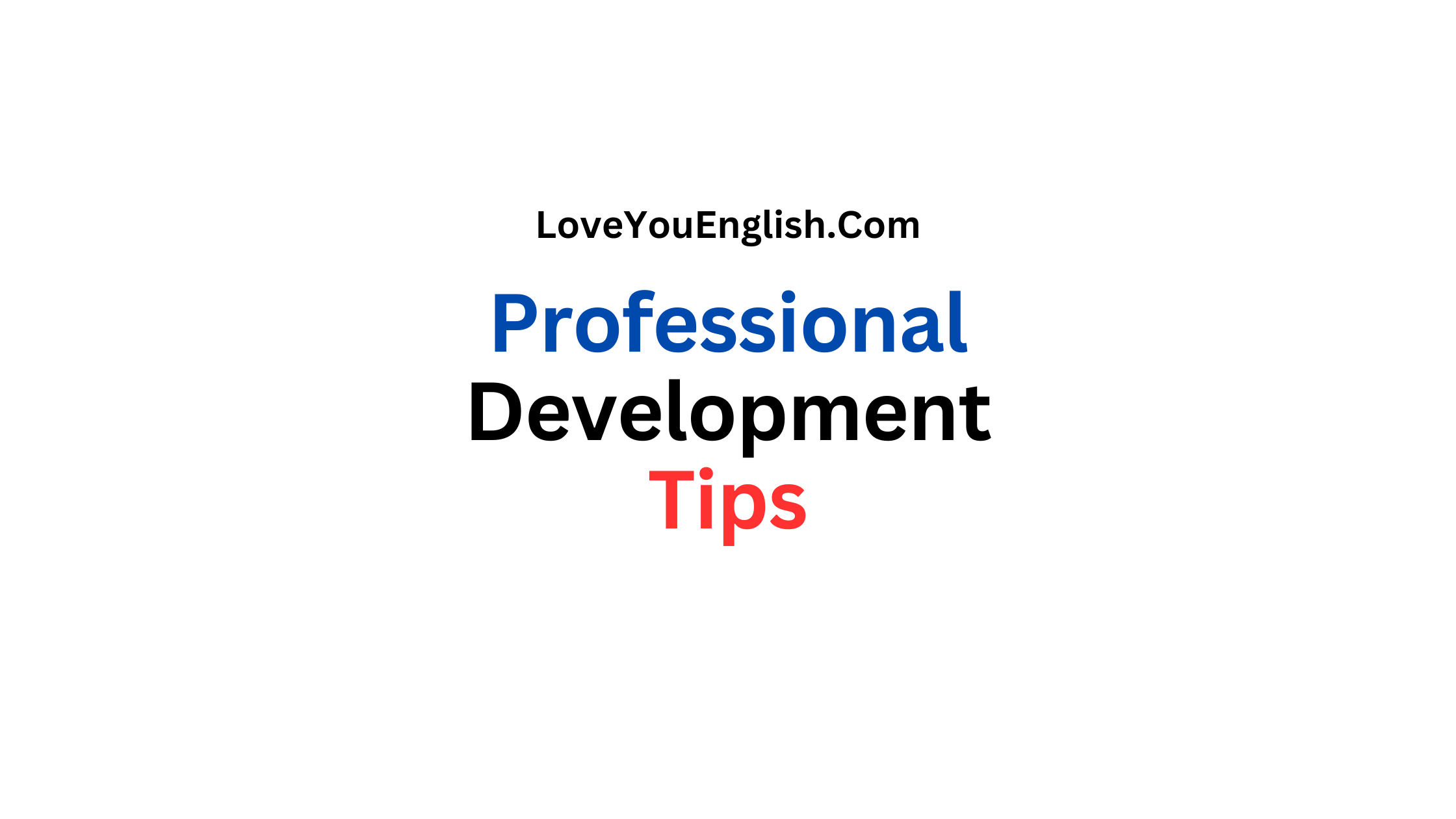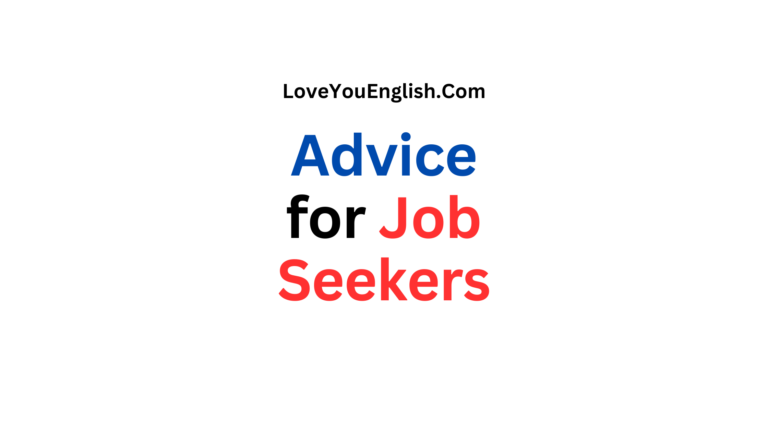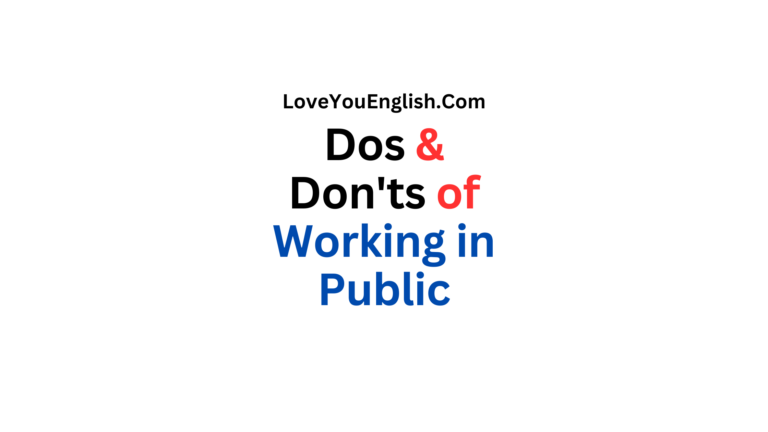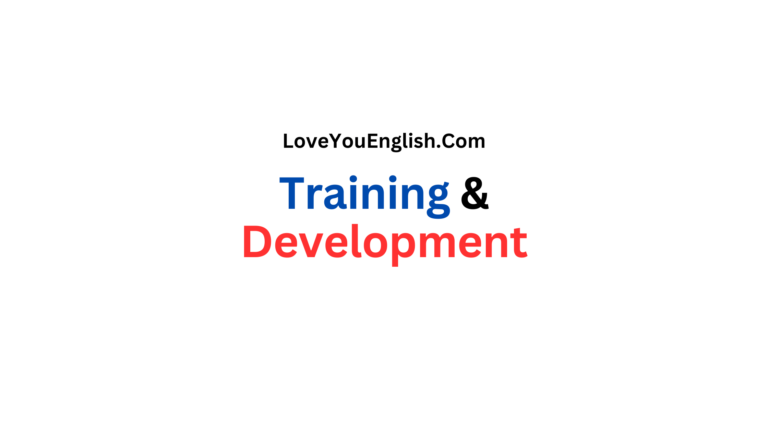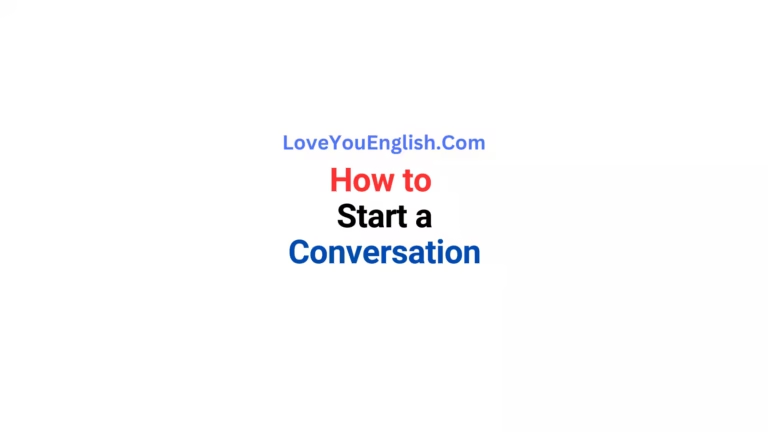Continuing Professional Development: Keeping Your Skills Sharp
Have you ever wondered how successful professionals stay at the top of their game?
The secret is something called continuing professional development, or CPD for short.
In this blog post, we’ll explore what CPD is, why it’s important, and how you can use it to boost your career.
What is Continuing Professional Development?
Continuing professional development is the process of learning and improving your work-related skills and knowledge throughout your career.
It’s about staying up-to-date in your field and growing as a professional.
CPD isn’t just for people in fancy jobs – it’s for anyone who wants to do better at work and move forward in their career.
Think of CPD like exercise for your brain and your job skills.
Just like you need to keep working out to stay fit, you need to keep learning to stay sharp at work.
It’s not about going back to school full-time or getting a whole new degree.
Instead, it’s about always learning little by little, day by day.
Why is Continuing Professional Development Important?
You might be thinking, “I already finished school. Why do I need to keep learning?”
Well, there are several good reasons:
The world is always changing:
New technologies, new ways of doing things, and new ideas are always popping up. If you don’t keep learning, you might fall behind.
It makes you better at your job:
Learning new skills can help you work faster, smarter, and with fewer mistakes.
It can lead to new opportunities:
The more you know, the more valuable you are to your company. This can lead to promotions or even exciting new job offers.
It keeps your brain active:
Learning new things is good for your mind. It keeps you sharp and can even be fun!
It shows you’re committed:
Bosses and clients like to see that you’re always trying to improve yourself.
It can boost your confidence:
When you learn new things, you feel more sure of yourself at work.
More related topics:
- Top Interview Tips for International Remote Jobs
- Effective Strategies to Improve Your Communication Skills
- 20 Essential Soft Skills for Students
- How to Concentrate on Studies | 10 Useful Methods
- Interview Etiquette: Top 10 Rules to Follow
Types of Continuing Professional Development Activities
There are many ways to do CPD. Here are some common types:
Training courses:
These can be in-person or online classes about specific topics related to your job.
Workshops and seminars:
These are usually shorter than courses and focus on practical skills.
Conferences:
These big meetings let you learn from experts and network with other professionals.
Reading:
This can include books, professional journals, or industry websites.
E-learning:
Online courses, webinars, and video tutorials are becoming more and more popular.
Mentoring:
Learning from someone more experienced in your field can be really valuable.
Job shadowing:
Watching how someone else does their job can teach you a lot.
Volunteering:
Doing unpaid work in your field can give you new experiences and skills.
Writing:
Blogging or writing articles about your work can help you learn and share your knowledge.
Teaching or presenting:
Explaining things to others is a great way to deepen your own understanding.
How to Plan Your Continuing Professional Development
Now that you know what CPD is and why it’s important, let’s talk about how to do it.
Here are some steps to help you plan your CPD:
Think about your goals:
What do you want to achieve in your career? Where do you see yourself in five years? Your CPD should help you get there.
Assess your current skills:
What are you good at? What areas need improvement? Be honest with yourself.
What new skills or knowledge are becoming important in your industry?
Set specific learning objectives:
Instead of saying “I want to get better at marketing,” say something like “I want to learn how to use social media for business marketing.”
Choose your learning activities:
Pick CPD activities that fit your goals, learning style, and schedule.
Make a timeline:
Decide when you’ll do each activity. Be realistic about how much time you can commit.
Keep track of your progress:
Write down what you’ve learned and how you’ve used it at work.
Review and adjust:
Every few months, look at your plan and see if it’s still working for you. It’s okay to change it if needed.
Overcoming Challenges in Continuing Professional Development
While CPD is important, it’s not always easy.
Here are some common challenges and how to deal with them:
Lack of time:
This is probably the biggest obstacle for most people. To overcome it, try to make learning a habit. Even 15 minutes a day can add up over time. Look for ways to learn during your normal routine, like listening to podcasts during your commute.
Cost:
Some CPD activities can be expensive. Look for free or low-cost options like online courses, library books, or company-sponsored training. Remember, investing in yourself is usually worth it in the long run.
Lack of motivation:
It’s normal to feel tired or unmotivated sometimes. Try to remind yourself why you’re doing this. Set small, achievable goals to keep yourself going. Celebrate your progress, no matter how small.
Not knowing where to start:
If you’re feeling overwhelmed, start small. Pick one skill you want to improve and focus on that. Ask your boss or a mentor for suggestions.
Fear of failure:
Remember, the point of learning is to get better. It’s okay to make mistakes along the way. In fact, that’s often how we learn best!
Examples of Continuing Professional Development in Different Fields
To give you a better idea of what CPD looks like in practice, let’s look at some examples in different jobs:
Teacher:
A teacher might attend workshops on new teaching methods, take an online course about using technology in the classroom, or join a professional association to stay updated on education trends.
Nurse:
A nurse could attend conferences on new medical treatments, take courses to specialize in a specific area of healthcare, or participate in simulations to practice emergency procedures.
Accountant:
An accountant might study for advanced certifications, attend seminars on new tax laws, or take courses on financial software.
Graphic Designer:
A designer could learn new software through online tutorials, attend design conferences, or take classes in emerging areas like UX/UI design.
Sales Representative:
A salesperson might practice public speaking, learn about new products through company training, or take courses on customer relationship management.
Software Developer:
A developer could contribute to open-source projects, attend coding bootcamps, or take online courses to learn new programming languages.
Remember, these are just examples.
The specific CPD activities that are best for you will depend on your job, your goals, and your interests.
The Role of Employers in Continuing Professional Development
While CPD is primarily your responsibility, many good employers support their workers’ professional development.
Here’s how:
Providing training:
Many companies offer in-house training sessions or pay for employees to attend external courses.
Mentoring programs:
Some organizations pair less experienced employees with more senior staff for learning and guidance.
Career development plans:
Good managers work with their team members to create personalized development plans.
Time off for learning:
Some employers give their workers dedicated time for professional development activities.
Tuition reimbursement:
Some companies will pay for job-related courses or degrees.
Professional membership fees:
Employers might pay for you to join professional associations in your field.
If your employer doesn’t offer these benefits, don’t be afraid to ask about them.
Many companies are willing to invest in their employees’ development if they see the value in it.
Measuring the Impact of Continuing Professional Development
How do you know if your CPD efforts are paying off?
Here are some ways to measure the impact:
Improved job performance:
Are you able to do your tasks more quickly or with better results?
New responsibilities:
Have you been given new tasks or projects because of your increased skills?
Positive feedback:
Are you getting good comments from your boss, coworkers, or clients?
Career advancement:
Have you received a promotion or raise?
Increased confidence:
Do you feel more sure of yourself at work?
Problem-solving abilities:
Are you better at handling challenges in your job?
Network growth:
Have you connected with more people in your field?
Industry recognition:
Have you been asked to speak at events or contribute to publications in your field?
Remember, some benefits of CPD might not be immediately obvious.
Keep track of your learning and look for ways it’s impacting your work over time.
Continuing Professional Development in the Digital Age
The internet has revolutionized CPD.
Here are some ways technology is changing how we learn:
Online courses:
Platforms like Coursera, edX, and LinkedIn Learning offer thousands of courses you can take from anywhere.
Virtual reality training:
Some fields are using VR for immersive learning experiences.
Mobile learning:
Many apps let you learn on your phone during spare moments of your day.
Social learning:
Online forums and social media groups allow professionals to share knowledge and learn from each other.
Microlearning:
Short, focused learning modules are becoming popular for busy professionals.
Adaptive learning:
Some online platforms use AI to personalize your learning experience based on your progress and needs.
While these digital options are great, don’t forget about the value of in-person learning and networking too.
A mix of both can be very effective.
Continuing Professional Development for Different Career Stages
Your CPD needs will change as you progress in your career.
Here’s what to focus on at different stages:
Early Career:
- Building fundamental skills in your field
- Understanding your industry and company
- Developing soft skills like communication and teamwork
- Exploring different areas to find your niche
Mid-Career:
- Deepening your expertise in your chosen area
- Developing leadership and management skills
- Staying updated on industry trends and technologies
- Building your professional network
Late Career:
- Mentoring and sharing your knowledge with others
- Learning about emerging trends that could impact your field
- Developing skills for potential post-retirement activities
- Focusing on areas that keep you engaged and passionate about your work
Remember, these are general guidelines.
Your specific CPD needs will depend on your individual career path and goals.
Conclusion:
Continuing professional development isn’t just a box to tick off your to-do list.
It’s a mindset – a commitment to lifelong learning and growth.
In today’s fast-changing world, it’s more important than ever to keep improving your skills and knowledge.
CPD doesn’t have to be a chore. When you find learning activities that interest you and align with your goals, it can be exciting and rewarding.
It can open up new opportunities, boost your confidence, and help you do your best work.
Remember, everyone’s CPD journey is different.
What works for your colleague might not work for you, and that’s okay.
The important thing is to keep learning, growing, and adapting throughout your career.
So, take some time to think about your professional development.
What do you want to learn? How can you improve?
What small step can you take today to start growing?
Your future self will thank you for the effort you put in now.
Happy learning!

